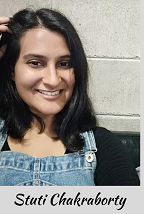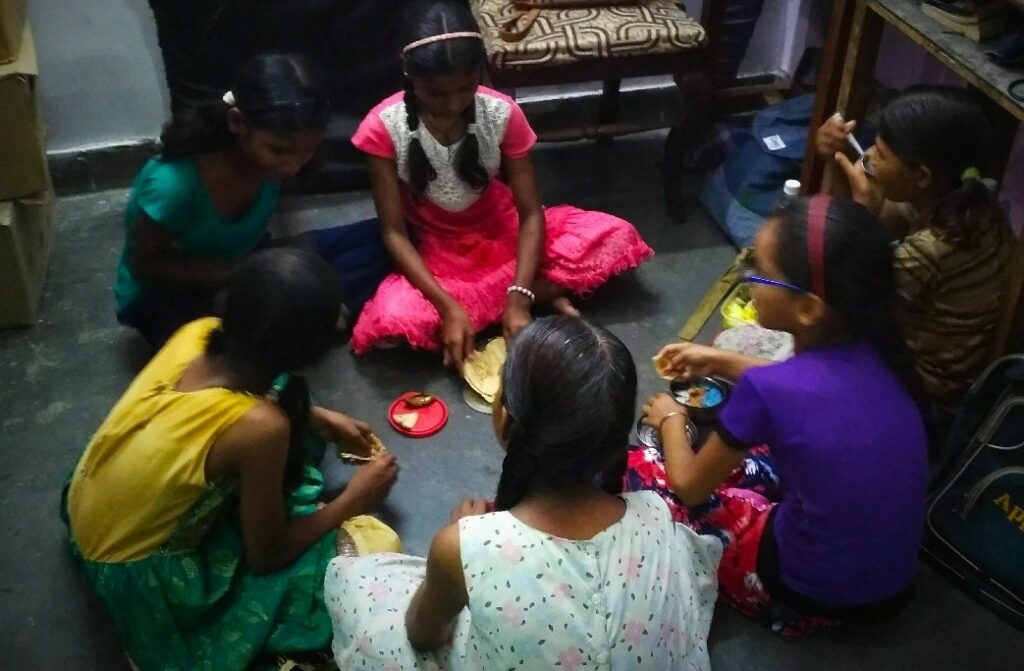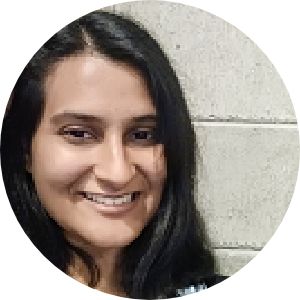Creating safe spaces for young people
December 12
Imagine living the life of a young person. Twenty-four-hour social media bombardment, scrutiny from parents and teachers, insecurities, and low self-esteem. Although young people have immense potential, the world has changed so much that they are becoming an ‘endangered species’. Commonwealth Correspondent Stuti Chakraborty, 22, from India says creating safe spaces for young people to vent their feelings and share their hopes and fears could help push back the pressure.
Youth. What comes to your mind when you hear that word? Exuberant? Outspoken? Open-minded? Carefree? Vulnerable? No matter how much we may have advanced as a civilization—conquering nature, creating futuristic technology, enabling machines to take over—fortifying young people to weather numerous societal challenges is a feat we are yet to achieve.
You wake up in the morning and the first thing you do is to check your phone. Once you’ve unlocked it, you’re inundated with notifications from various social media platforms. As you scroll through your feed, a picture of virtual inaccuracies and deceit is painted for you. With each post, insecurity builds up within you telling you that your life isn’t as ‘happening’ as your neighbour’s, who partied till 2 a.m. last night. Welcome to the life of a young person.
I must start by saying that not all social media and connectivity is bad. Through social media, youth are becoming more aware of what is happening around them and being exposed to more information. This is helping to sensitize them to the realities of life and the world they live in.
But the negative outcomes seem to outweigh the positive. A young teenage girl is more affected by the abrasive comments on her photo rather than some crime committed in another part of the world. This leaves scars on sensitive young minds, disturbing their inner peace.
But social media is not the only influence. The things that young people observe and hear, the environment they live in, are also major factors. Young people want to do everything they see their friends doing. They want to fit in. There is too much pressure.
Schools and colleges with their rigid rules and regulations on how young people should live and behave are often in complete contrast to what young people need—to feel accepted and to have a sense of belonging.

At home, parents and other guardians may also place young people under overwhelming scrutiny and devour their freedom through restrictions and over protectiveness. Although they’re just looking out for the safety of their children, the way they implement it—stalking their social media profiles, deciphering the meaning of every single comment or post, calling up their peers if their children do not answer their phones immediately—can be embarrassing and suffocating. It leads to young people feeling mistrusted.
Nature is also not on our side. During these years of blooming we undergo a lot of changes, not just mentally but physically as well. Acne, scars, marks, crooked teeth, rapid weight and height gain and the need to control our desires and feelings can lead to distortions of body image and unhealthy views on sexuality.
The youth is ME. And millions of voices like mine, asking society for help. Everything I have mentioned has been part of my experience at some point in my life.
So, who do we turn to? Parents, although a good solution, might not always be the correct one. They belong to a different era and may not fully understand all the modern issues we face.
Going to a school counselor could help, but the fear is that once your fellow classmates see you, you could be the topic of the next social media post. If you confide in peers, they may make your woes the fodder of school gossip. Moreover, they are likely to be facing similar challenges themselves and thus will have very little to offer in terms of advice.
So, where do we go? Most young people are unaware of the existence of safe spaces. I became aware of such a space when I joined Youth for Peace International. In a workshop designed as a safe space, young people belonging to an assortment of backgrounds met in the presence of a senior mentor. We freely discussed various issues that bothered us. It was a very enriching and nourishing experience to speak our minds in a place where we wouldn’t be judged… because we barely knew each other.
It was also comforting to have a more mature person listening to and engaging with what we said rather than telling us what to do. Icebreakers and games helped us vent our feelings and to get to know each other better.
Coming out of that experience, what I felt the most was peace. I didn’t have to constantly be conscious of what I was saying. I said what I really wanted to. I felt liberated.
Young people want their voices to be heard. I envision the creation of many such safe spaces… in my college maybe this would be in the chapel (as I study in a missionary college). It is a quiet place, surrounded by beautiful trees in the heart of our campus.
Fellow students could come to this place and share their experiences, talk, laugh or cry, pour out their feelings, knowing they will remain secure in the hearts of the others present with them.
Could you create such a safe space where you are?
……………………………………………………………………………………………………………………………………………………………..
About me: I am an ambitious, independent, headstrong girl with a dream to become a researcher in the field of neurosciences. Currently, I am an undergraduate student at Christian Medical College, Vellore in India. I am an avid reader with a passion for writing and want to combine my knowledge in the field of healthcare with my writing abilities in order to make my voice heard across the globe.
……………………………………………………………………………………………………………………………………………………………..
Opinions expressed in this article are those of the author and do not necessarily represent the views of the Commonwealth Youth Programme. Articles are published in a spirit of dialogue, respect and understanding. If you disagree, why not submit a response?
To learn more about becoming a Commonwealth Correspondent please visit: http://www.yourcommonwealth.org/submit-articles/



